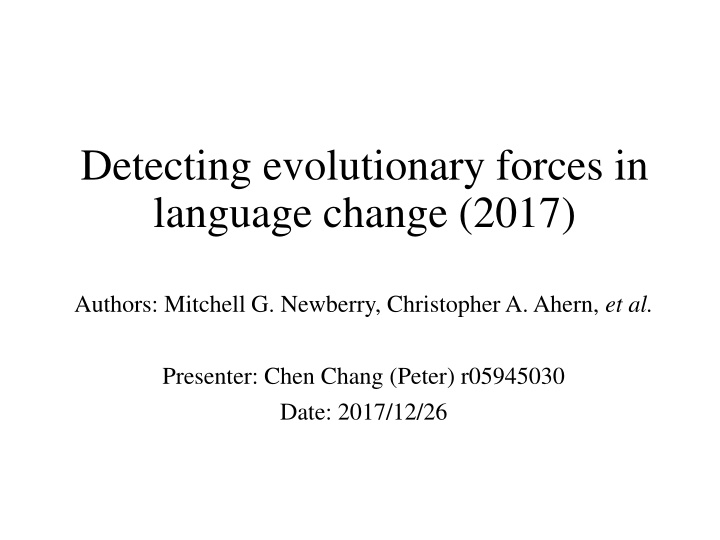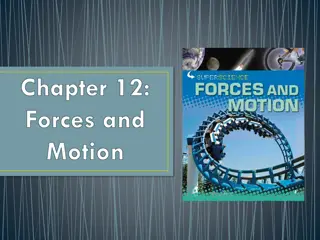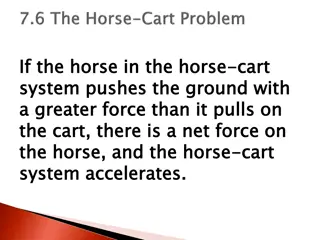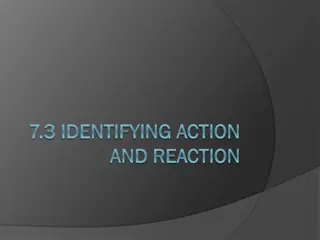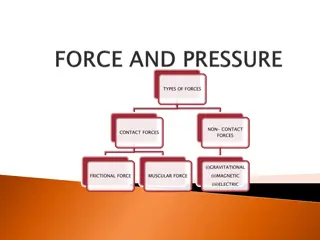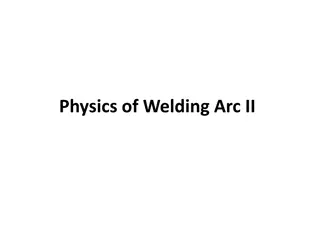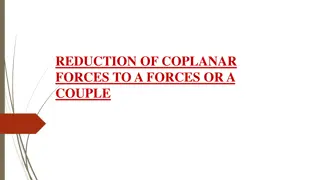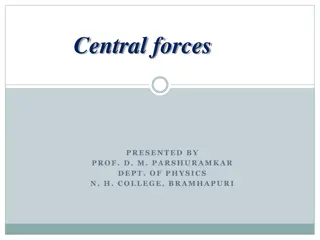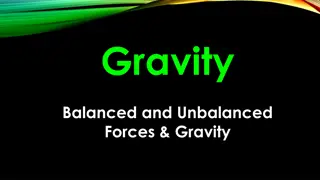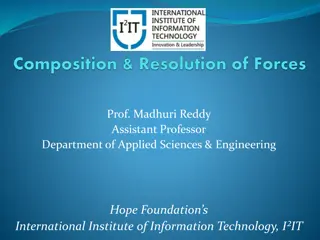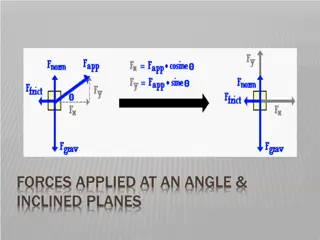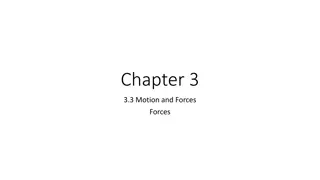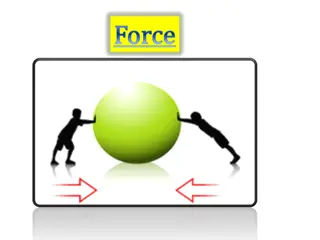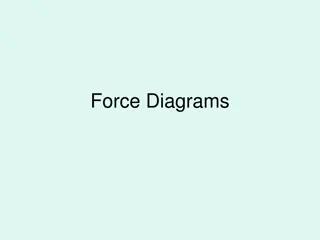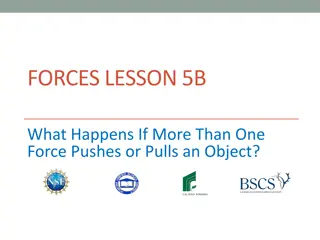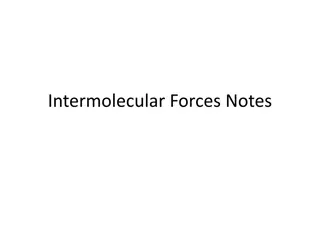Detecting Evolutionary Forces in Language Change (2017)
This study explores the evolutionary forces influencing language change, focusing on linguistic variants over time, utilizing the Wright-Fisher model and the Frequency Increment Test. It analyzes three interesting language changes, such as the development of the past tense in American English, and presents results showing directional drift in verb conjugation.
Download Presentation

Please find below an Image/Link to download the presentation.
The content on the website is provided AS IS for your information and personal use only. It may not be sold, licensed, or shared on other websites without obtaining consent from the author.If you encounter any issues during the download, it is possible that the publisher has removed the file from their server.
You are allowed to download the files provided on this website for personal or commercial use, subject to the condition that they are used lawfully. All files are the property of their respective owners.
The content on the website is provided AS IS for your information and personal use only. It may not be sold, licensed, or shared on other websites without obtaining consent from the author.
E N D
Presentation Transcript
Detecting evolutionary forces in language change (2017) Authors: Mitchell G. Newberry, Christopher A. Ahern, et al. Presenter: Chen Chang (Peter) r05945030 Date: 2017/12/26
Linguistics and Evolutionary Biology Competition between forms Syntactic structure, phonetics, morphology, etc. Selective mechanism Selection Stochastic Drift 2
A null model of language change Stochastic drift, random fluctuations in the frequencies of alternative forms, can accumulate to produce substantial change over time. Evidence of directional force 3
Three language changes of interest Development of the morphological past tense in contemporary American English Spilt spilled The rise of the periphrastic do in Early Modern English You say not You do not say Jespersen s cycle of sentential negation in Middle English Ic ne secge I ne seye not I say not 4
Materials and Methods Corpus Data: annotated texts that range in time from the Norman conquest of England to the 21st century. Methods: Compare the frequencies of alternative linguistic variants over time to predictions under the Wright-Fisher model of neutral stochastic drift. 5
Frequency Increment Test (FIT) First they applied a transformation that produces homoscedastic frequency increments under the null hypothesis of stochastic drift. The FIT tests a null hypothesis of neutral drift against an alternative hypothesis of some directional force influencing the course of evolution. Directional drift/mutations vs. neutral stochastic drift 6
Past-tense verb conjugation Verb Selection Corpus of Historical American English; tag Lemmas with two past-tense variants with minimum 50 occurrences each Post processing Rare vs. Common Two-sided P value is computed to reject neutral stochastic drift 7
Results 6 Polymorphic verbs, each with nominal P < 0.05 8
Results Cases that the irregular variants are favored Lighted Lit Waked Woke Sneaked Snuck Dived Dove Cases that the regular form is preferred Wove Weaved Smelt Smelled 9
Regulation Economy or cognitive ease Trends toward past-tense regulation have been observed, especially for rare words, from Old to Modern English. 10
Irregularization One possible explanation: rhyming Psychological studies have found speakers willing to copy or invent irregular variants that rhyme with existing irregular verbs Irregular variant of a polymorphic past-tense verb is favored if similar-sounding irregular verbs are on the rise in the corpus. However, opposite trend has also been observed. 11
Drift Can explain most of the cases in Modern English Drift vs. Selection Rare words vs. common words: rare words experience more stochasticity in transmission 12
Do-support Penn Parsed Corpora of Historical English Potential do-support in different contexts: Affirmative questions (Do you ) Negative questions (Don t you ) Negative declaratives (I don t ) Negative imperatives (Don t do ) 13
Results The rise of the periphrastic do was more rapid in negative declarative and imperative statements, for which drift is rejected, than it was in affirmative questions, for which drift isn t rejected 14
Results The periphrastic do first drifted by chance to high frequency in questions, which then induced a directional bias towards do in declarative and imperative statements for reasons of grammatical consistency or cognitive ease. 15
Jespersens cycle Jespersen's Cycle (JC) describes the historical development of the expression of negation in a variety of languages Stage I: negation is expressed by a single pre-verbal element Stage II: both a preverbal and a post-verbal element are obligatory Stage III: the original preverbal element becomes optional or is lost altogether Reference: https://en.wikipedia.org/wiki/Jespersen%27s_Cycle 16
Results Reject neutral drift. This provides statistical support for longstanding hypotheses that changes in verbal negation are driven by directional forces, such as phonetic weakening, or a tendency for speakers to over-use more emphatic forms of negation that then lose emphasis as they become dominant. 17
Conclusion Combining massive digital corpora with time series inference techniques from population genetics now allows us to disentangle distinct forces that drive language evolution. However, how exactly individual-level cognitive processes in a language learner produce population- level phenomena, such as drift and selection, remains a topic for future research. 18
